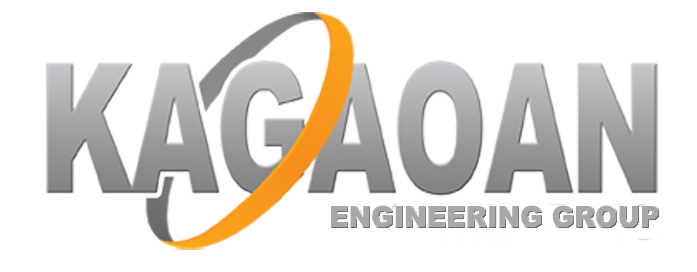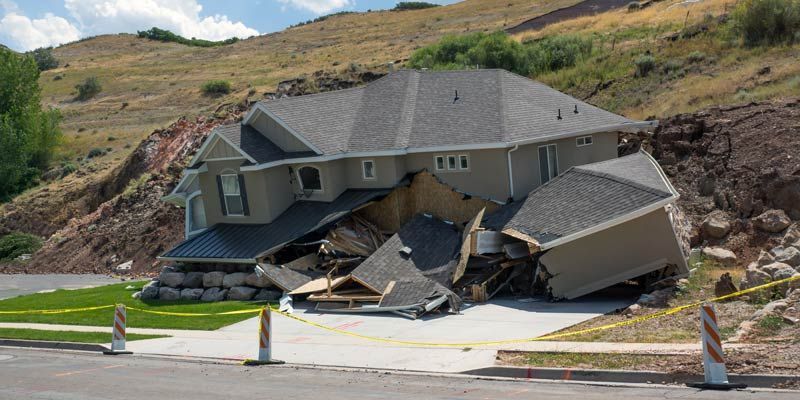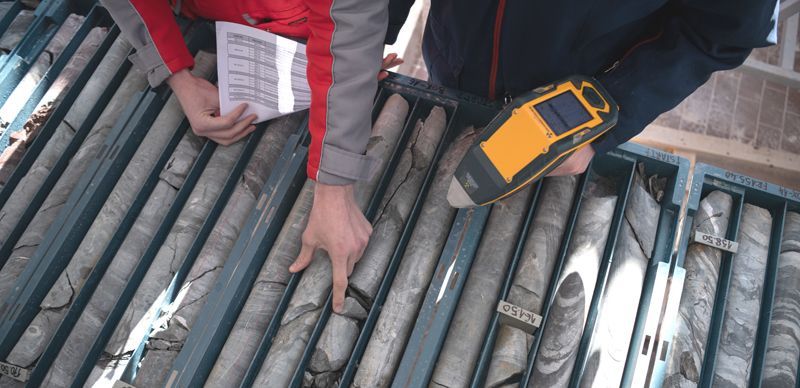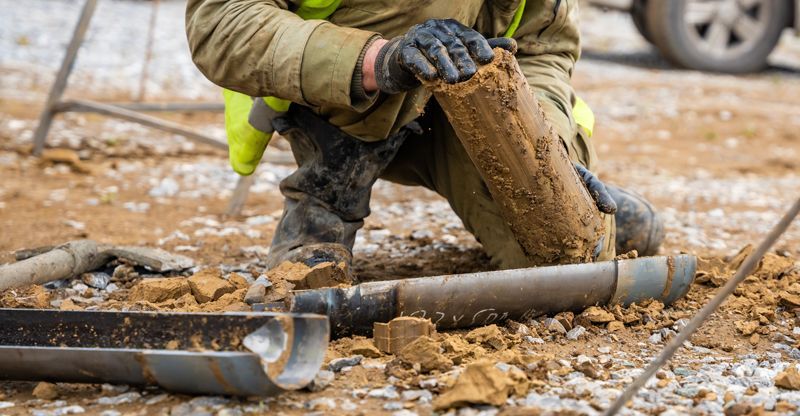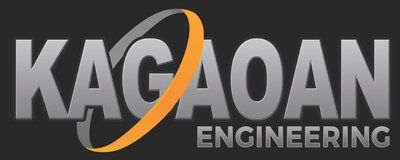Best Safety Practices in Engineering Project Management
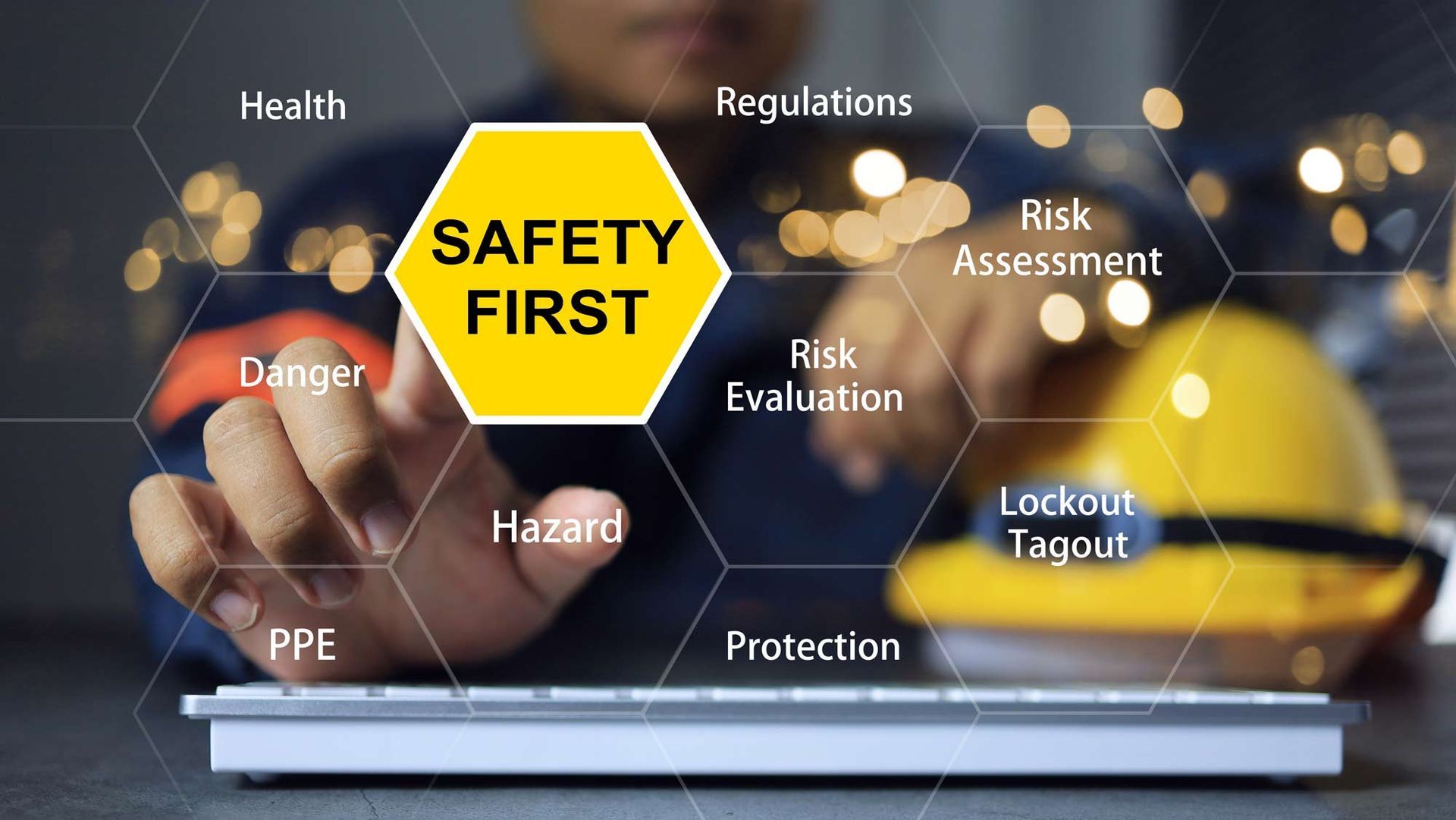
Introduction to Safety in Engineering
Safety is an essential component of engineering project management, particularly in the construction sector, where risks can be significant. Safety failures' physical, financial, and emotional implications underscore the need for rigorous adherence to safety protocols and regulations. As engineering projects can involve a multitude of stakeholders, working environments, and operational challenges, the establishment of a robust safety culture is paramount. This blog explores the best practices in safety management for engineering project management, emphasizing its critical importance in ensuring the health and well-being of workers, stakeholders, and the public.
Understanding Safety Regulations
To prioritize safety in engineering projects, it is vital to understand the regulatory framework that governs construction and engineering activities. Safety regulations vary by region and are designed to minimize risks associated with construction work. In the United States, the Occupational Safety and Health Administration (OSHA) plays a vital role in enforcing workplace safety standards. They provide guidelines on a wide range of safety topics, including fall protection, hazard communication, and equipment safety.
Understanding these regulations is foundational for project managers and engineers. Internationally, organizations like the International Organization for Standardization (ISO) provide standards for safety management systems, such as ISO 45001, which ensures that organizations can effectively manage risks and improve occupational health and safety. Adherence to these standards not only ensures compliance but also fosters a culture of safety that can significantly reduce incidents and accidents on industrial work sites.
Developing a Safety Culture
Creating a safety-conscious culture is a fundamental aspect of engineering project management. A safety culture involves cultivating a workplace environment where safety is prioritized, and every team member is encouraged to take responsibility for their own safety and that of others. Leadership plays a pivotal role in establishing this culture, as project managers, inspectors, and executives must demonstrate a commitment to safety, not just as a regulatory requirement but as a core organizational value.
To nurture a safety culture, organizations should promote open communication about safety concerns and actively involve employees in the development of safety protocols. Regular training sessions that focus on safety practices, hazard recognition, and emergency response plans can further enhance employees' awareness and preparedness. By engaging workers in discussions and training, they become more invested in safety outcomes and are more likely to report hazards or unsafe practices.
Risk Assessment and Management
A thorough risk assessment is a critical element of effective safety management in engineering project management. Project managers must systematically identify potential hazards throughout all phases of the project, from planning to execution and completion. Conducting regular site inspections, analyzing historical data on accidents, and soliciting input from workers can help create a comprehensive risk profile.
Once hazards are identified, project managers should develop a risk management plan that outlines strategies to mitigate identified risks. This may involve implementing engineering controls, administrative controls, or personal protective equipment (PPE). Engineering controls may include redesigning aspects of the project to eliminate hazards or using technology to enhance safety. Administrative controls could involve changing work procedures or schedules to reduce exposure to dangers. Providing appropriate PPE is essential for safeguarding workers from potential injuries associated with their tasks.
Training and Education
Training and education are critical components of a successful safety management plan. Providing comprehensive safety training ensures that all team members, including contractors and subcontractors, understand the safety protocols relevant to their work. Training should cover the identification of hazards, safe operating procedures, emergency response measures, and the correct use of safety equipment.
Ongoing education is necessary to adapt to changing conditions and emerging risks in the construction environment. As technology advances, project managers must ensure that workers are versed in the latest safety techniques and equipment. Utilizing simulations and real-life scenarios in training can help workers internalize safety practices and better prepare them for potential emergencies.
Emergency Preparedness and Response Plans
Despite the best efforts to create a safe working environment, emergencies can still occur. Therefore, having a robust emergency preparedness and response plan is crucial in managing incidents effectively. This plan should outline clear procedures for various emergency scenarios, including fires, medical emergencies, and natural disasters.
During the planning phase, it is essential to designate emergency response teams, provide training on procedures, and conduct regular drills to ensure that all employees are familiar with the protocols. The effectiveness of emergency response can often mean the difference between minor incidents and significant catastrophes. By ensuring that everyone knows their role in an emergency, project managers can minimize chaos and facilitate quicker, more effective responses.
Communication and Collaboration
Effective communication is vital in maintaining safety throughout an engineering project. Project managers and engineers must foster open channels of communication among all stakeholders, including contractors, subcontractors, and workers. Daily briefings or safety meetings can provide a platform for discussing safety concerns, potential hazards, and upcoming tasks that may pose risks.
Employing collaborative techniques such as safety audits, where teams assess safety performance together, can enhance accountability and ownership of safety practices. This collaboration also extends to sharing safety performance metrics, encouraging a continuous feedback loop that informs improvements to safety management processes.
Monitoring and Continuous Improvement
Effective safety management does not end with the creation of policies and protocols; it requires ongoing monitoring and continuous improvement. Keeping track of safety performance through key performance indicators (KPIs) can provide valuable insights into how effectively safety measures are being implemented.
Conducting regular audits and inspections, along with incident investigations, ensures that safety procedures are being followed and that areas for improvement are identified. After incidents, thorough investigations should focus on finding root causes rather than placing blame. This approach fosters an environment of learning and improvement, ultimately leading to enhanced safety protocols and practices.
Conclusion: Prioritizing Safety in Engineering Projects
In conclusion, safety management in engineering project management is a multifaceted endeavor that requires a commitment from all involved parties. By adhering to safety regulations, fostering a safety culture, implementing thorough risk assessments, providing comprehensive training, and establishing effective communication practices, engineering projects can significantly minimize risks and enhance safety outcomes.
As the construction industry continues to evolve, the emphasis on safety will remain a cornerstone of project success. With the right practices, organizations can not only protect their workers but also foster a reputation for safety that enhances their standing in the industry. As we prioritize safety, we ensure that engineering projects contribute positively to both society and the individuals who work on them.
